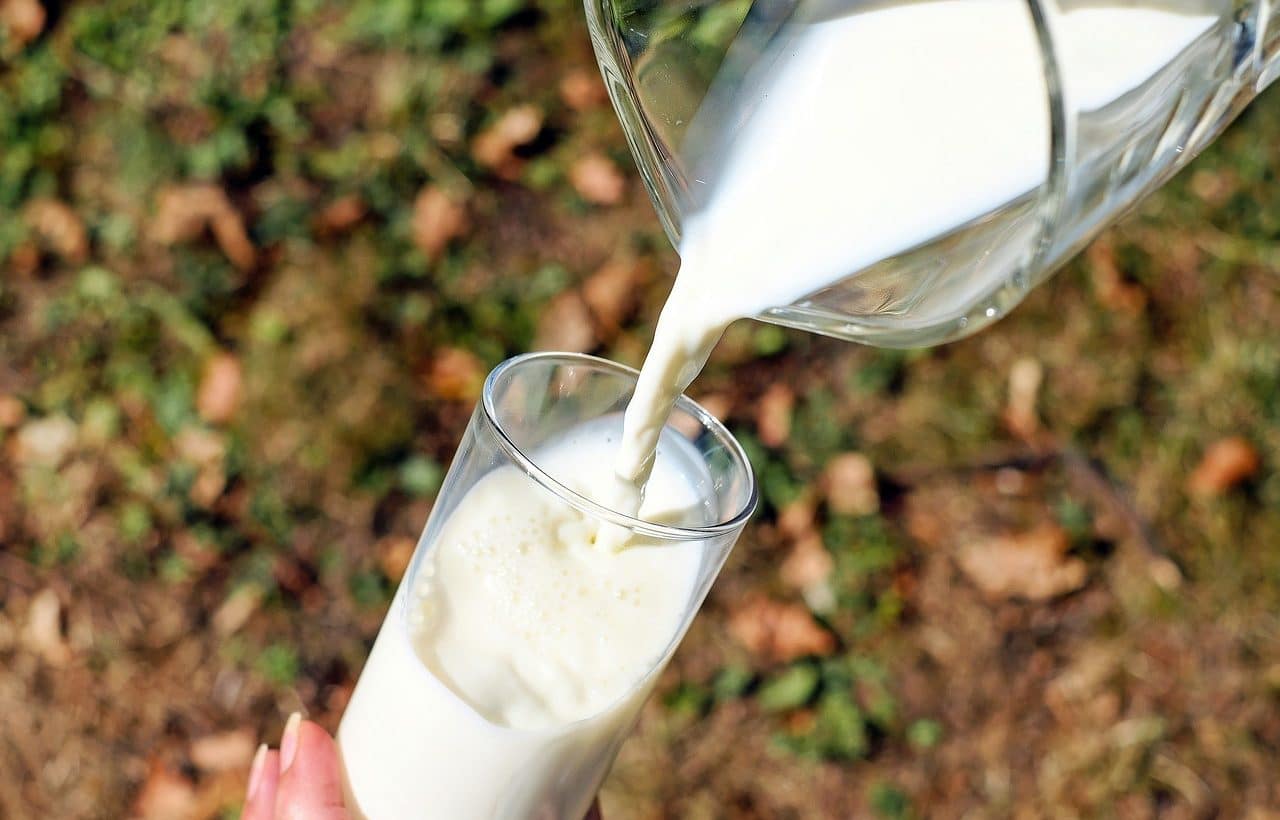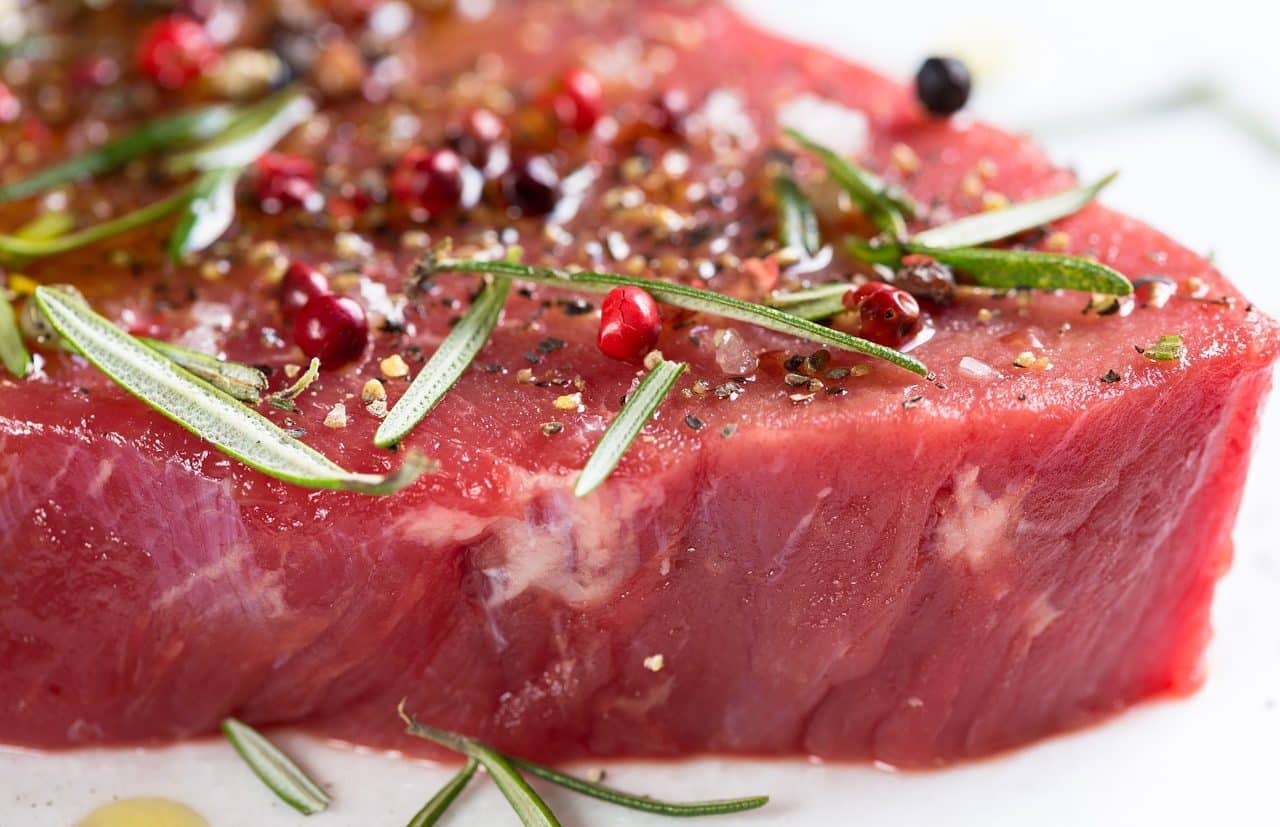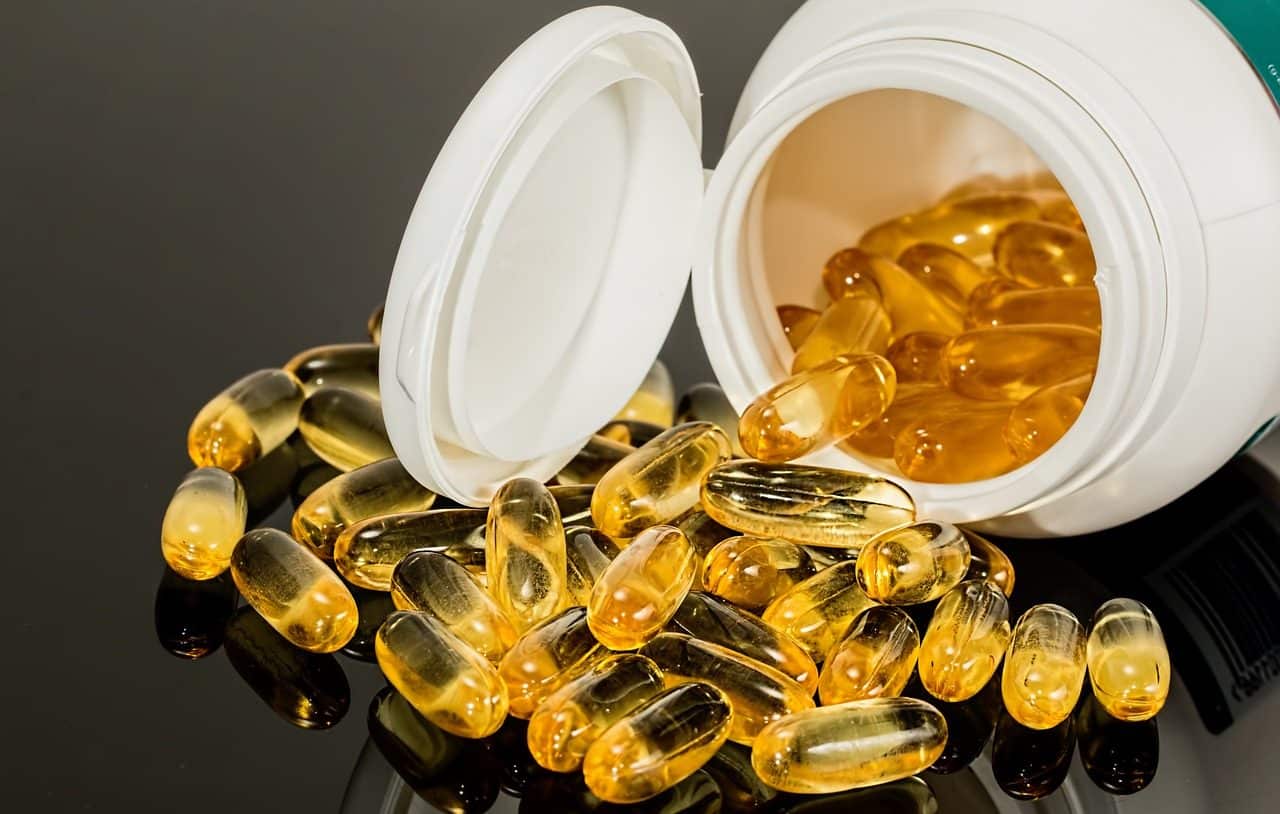
Enzymes are complex proteins that act as biological catalysts, accelerating the rate of certain chemical reactions.
Protein is a notion that derives from the Greek language and that allows us to name a certain type of substance found in cells . It is a biopolymer composed of amino acids that appear chained. These amino acids, in turn, are formed by peptide bonds .
Due to the functions they perform, proteins are essential for the existence of life . There are proteins that help protect the body, others are responsible for regulating metabolism, etc.
Composition and types of proteins
The class of proteins present in cells is determined, in large part, by genes . Genetics is also responsible for indicating how protein synthesis develops, although there are external conditions that modify these issues.
The components of proteins include nitrogen , hydrogen , oxygen and carbon . Other components are variable and depend on the protein in question.
It is possible to classify proteins in various ways. Simple proteins , derived proteins and conjugated proteins arise according to different chemical and physical properties. When the shape is analyzed, however, proteins can be distinguished between globular proteins , fibrous proteins and mixed proteins .
If proteins are made up of a single polypeptide chain, they are called monomeric . That is the case of myoglobin . On the other hand, when they have two or more chains, they are oligomeric proteins such as hemoglobin .

Animal protein and vegetable protein have different characteristics.
The structural levels
Proteins are organized at different structural levels to fulfill their functions and adopt their biological properties. It is important to note that a protein does not go through all levels, but rather instantly acquires its structure.
Four major levels can be distinguished:
- Primary protein structure : Amino acids are joined together by peptide bonds in a linear sequence.
- Secondary structure of proteins : the atoms that make up the peptide bond are related through hydrogen bonds.
- Tertiary structure of proteins : there is a fold of the polypeptide chain.
- Quaternary structure of proteins : various peptide chains give rise to a multimer with different properties compared to those shown by the monomers that compose it.

Protein supplements can help alleviate a deficiency, although their consumption must be indicated by a nutritionist.
The importance of diet to incorporate proteins
The incorporation of proteins into the body is developed through diet . The consumption of dairy products , vegetables , meats , legumes and cereals , for example, provide different types of proteins that allow the development and care of the body. A poor or unbalanced diet can cause a protein deficiency, generating various health disorders.
Vegans do not consume any products of animal origin, which is why the vegan diet also excludes dairy and eggs; However, as has been proven on more than one occasion , eating vegetables is enough to have optimal health. Below are some of the plant products with the most protein:
- Soy : without a doubt, one of the eternal protagonists of the vegetarian diet, especially due to its versatility . Soy is used in the preparation of a large number of different foods, such as vegetable meat, soup, empanada fillings and dressings . In addition to its protein content, which can play an important role in preventing heart problems, it is a product with many functional properties, such as its ability to texturize and emulsify.
- Pumpkin seeds : another essential food when cooking a vegetarian dish. Just like soy, pumpkin seeds can be used in various ways, both to season other foods and for salads, vegetarian cheeses, and smoothies . It is important to keep in mind that this is a product high in fat and calories, so it is not recommended to serve it in large quantities. Its protein content is equivalent to 30% of its composition.
- Lentils : Although lentils do not have a complete protein since they lack the amino acid methionine, they are still a rich and necessary product for a good diet. It is worth mentioning that this deficiency can be made up simply with rice, to increase the nutritional value of the dishes. Other benefits are its contribution of vitamins B1, B3 and B6, as well as fiber, and its low lipid content.
- Seitan : its name is not usually present in diets that include animal products, unlike the previous three, but seitan is a food rich in protein, very tasty and with an ideal texture for making imitation meat . Its base is wheat gluten and it is present in countless vegetarian dishes, especially those that other people would make with meat, such as sandwiches, empanadas and soups.
Disorders linked to excess or deficiency
Having a high or low amount of protein causes disorders in the body. A diet high in protein produces obesity , increases waste products - such as uric acid and urea - and aggravates certain diseases.
At the other extreme, a low protein diet causes everything from immune problems to growth delays, edema and anemia .
